Our Courses
We pride ourselves on setting up our clients for success in the corporate and general business ecosystem and are sure that you will leave our sessions more prepared than you were before to any of various course offerings. Our training engagements are very successful, and we have provided our services to entities in different topics.
Best Practices Standardization
We offer wide range of diverse in-person and online training courses aimed to improve and standadize our client's knowledge based on the most recognized international best practices such as:
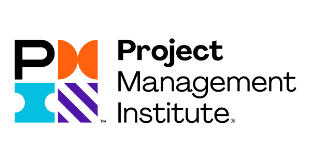

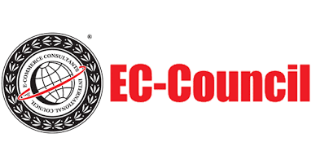
Training Partnership
We offer trainings in Nigeria and internationally, with affiliations with the below universities and institutions in the United Arab Emirates



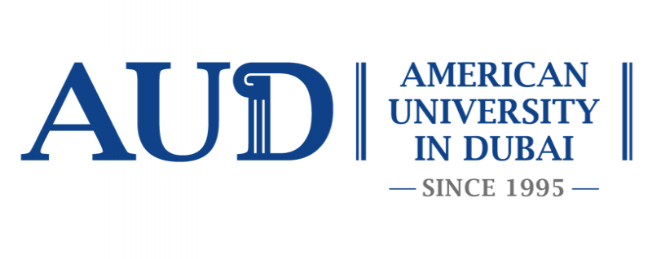

Key Training Institute Partnerships
We offer trainings in Nigeria and internationally, with affiliations with the below universities and institutions in the United Arab Emirates

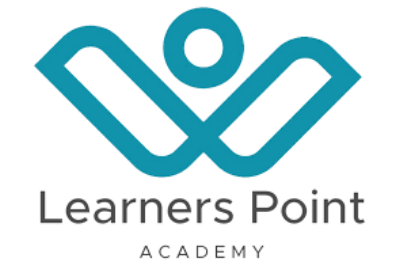



One Day Courses

- Dissecting cyber risk
- Working with NIST, COBIT, and other frameworks
- Exploring cybercrime
- The different stages of the cyber kill chain
- How cyber criminals hide their attacks
- Measuring incident management maturity
- Detecting and responding to attacks

- Recognize the challenges of succeeding with cryptocurrency.
- Differentiate between bitcoin and blockchain
- Cite the methods of cryptocurrency creation
- Summarize what gives cryptocurrencies value.
- Explain an initial coin offering (ICO)
- Illustrate the challenges of being a cryptocurrency miner

- Define "passphrase"
- Recall the purpose of multifactor authentication
- Identify the tool used in today's windows operating system to secure the file system
- Explain what happens when a file is moved into a folder with permissions
- Name the authentication protocol used in active directory
- Recognize the location of the audit logs
- Summarize the purpose of hardening.
- Explain the purpose of cryptographic techniques
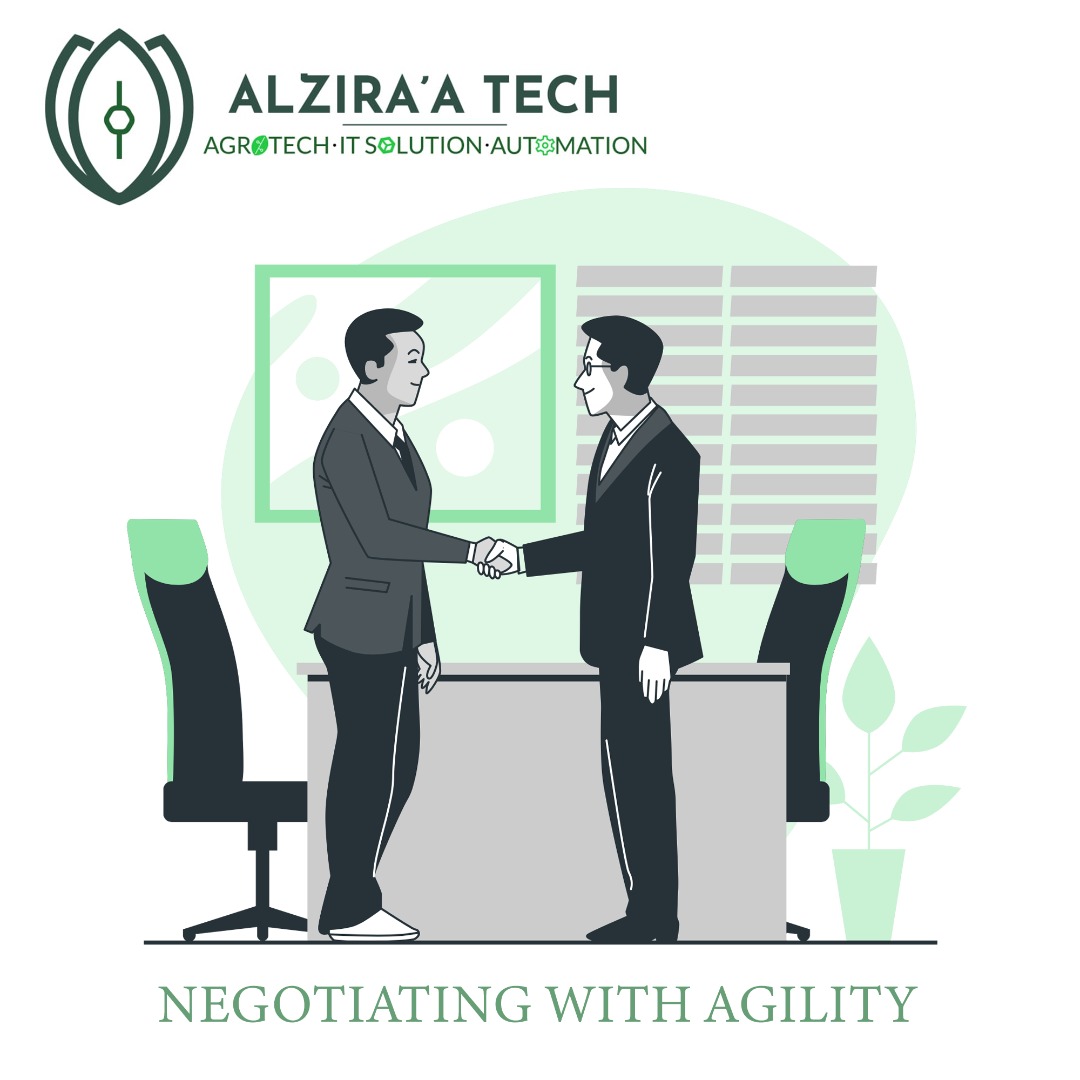
- Asking the right questions
- Improvising
- Saying yes and saying no
- Setting your baseline
- Grafting a plan B
- Adapting your strategy
- Striving for continuous improvement

- Recognize inhibitors that have a significant impact when managing an agile team
- Define the "agile manifesto"
- Recall the structure of a cross-functional team.
- Determine what should be included in user stories
- Apply the 80/20 rule to determine the priority of highest value items
- List two agile principles that guide the team to stay within time structures while remaining flexible enough to adapt to change.
- Name a disadvantage of the waterfall approach.
One Week Courses

This is a 5-day training program that provides the trainee with skills to discover how to provide great customer service and make your customer feel heard.
Course Description
Do your customers feel valued? when they do, keep coming back. When they don't, your business suffers. The course teaches you the three crucial skill set needed to deliver outstanding customer service and increase customer loyalty
Customer Service Foundation (2 days session)
Description
Do your customers feel valued? when they do, keep coming back. When they don't, your business suffers. The course teaches you the three crucial skill set needed to deliver outstanding customer service and increase customer loyalty
Learning Objectives
Explore how you can use customer surveys to build rapport
Name three ways you can use active listening to serve your customers more effectively
Identify the different types of needs that must be addressed in order to solve problems.
Explain the benefits of taking ownership of a problem.
Define "preemptive acknowledge " and recognize its impact on customer service.
List three types of attitude anchors and explain their differences.
Customer Service : Problem Solving Trouble Shooting (1 hour 45 minutes)
Description
Customer service care costs organizations billions of dollars each year. As a result, it's critical that employees are equipped with the skills needed to handle a variety of different customer service problems.
Learning Objectives
Identify the first step to take with an invalid complaint.
Recognize the importance of always listening to the customers.
explain how to deal with a customer who is rude and making you uncomfortable.
Building Rapport with Customers (1 hour 45 minutes)
Description
Want to set yourself up for success each time you interact with a customer? Take steps to establish a genuine, human connection with the person you're speaking with.
Learning Objectives
Identify how to build a rapport with customers through acknowledging concern.
Explore the rapport building technique of yielding to customers.
Break down how speaking in complete sentences during a customer service call helps to build rapport.
Examine the ways to build rapport through a customer chat interaction.
Identify the best ways to use rapport to disarm angry customers
Customer Service: Self Control Strategies (1 hour)
Customer Service: Handling Abusive Customers (1 hour)
Creating Positive Conversations with Challenging Customers (1 hour 45 minutes)
De-escalating Intense Situations (1 hour)
How to Be a Good Customer (2-hour session)

Manage conflict before it escalates. Learn how to recognize the signs of conflict and apply problem-solving strategies to resolve it with tact and diplomacy.
Course Description
Manage conflict before it escalates. learn how to recognize the signs of conflict and apply problem-solving strategies to resolve it with tact and diplomacy.
How to Proactively Manage Conflict (3 hours)
Description
Manage conflict before it escalates. learn how to recognize the signs of conflict and apply problem-solving strategies to resolve it with tact and diplomacy.
Learning Objectives
How to differentiate conflict from bullying and identify when you need third-party intervention
How to overcome conflict with colleagues
How to manage conflict with your boss and lead others through conflict - no matter what your role-by being a peer leader.
How practicing conflict management in personal situations can help you master it on the job.
Conflict Resolution Foundations (6 hours)
Description
Improve your relationship with your coworkers, clients, and managers and find your way through conflict back to cooperation.
Learning Objectives
Define the "Name, Blame, Claim" cycle.
Distinguish different types of conflict styles.
Recognize contentious tactics .
Identify issues and needs .
Explain how to reframe .
Increase conflict capacity.
How to Give Negative Feedback to Senior Colleagues (3 hours)
Description
Ever been in a situation where you don't quite agree with something your boss said? Maybe you feel your manager could have dealt with a situation slightly differently? There will come a time in your career when you need to provide feedback to a boss or senior colleague.
Learning Objectives
How you can develop the confidence and communication skills necessary to deliver productive feedback up the chain
Have effective conversations with managers and senior colleagues
Improving Your Conflict Competence (2 hours)
Description
Workplace conflict is inevitable. But it doesn't have to end badly. The course helps you manage workplace conflict more effectively.
Learning Objectives
The dynamics that create conflict.
Helps you become aware of what your conflict response is.
Practical steps you can take to manage your emotions and engage with others constructively.
How to Resolve Conflict and Boost Productivity (2 hour)
Description
Everyone wants to feel heard. The costs of ignoring important voices can range from office mishaps to massive global crises.
Learning Objectives
How to increase your impact by sharpening your listening skills.
Crucial steps you must take to prepare your mind to listen.
Questions you can ask to help others get to the heart of the matter.

Conflict is inevitable-in work and in life. Managers and Executives must address performance issues, and colleagues with competing priorities must figure out how to work together.
Course Description
Identify underlying differences in work Conflict is inevitable-in work and in life. styles, goals, and power dynamics and Managers must address performance change the way you view conflict.
Having Difficult Conversations (3 hours)
Description
Identify underlying differences in work Conflict is inevitable-in work and in life. styles, goals, and power dynamics and Managers must address performance change the way you view conflict.
Learning Objectives
Cite the circumstances that can make a performance.
Recall what you should know before having a difficult conversation.
Summarize how to control the direction of a conversation.
Describe how to use radical listening to stay present in a conversation.
Name the magic phrase to test for resistance.
Name healthy habits you can develop to make difficult conversations easier.
Managing Team Conflict (3 hours)
Description
When you bring people together, conflict is a natural part of the dynamic. How leaders choose to manage these inevitable disagreements can make the difference between a dysfunctional team and a successful one.
Learning Objectives
Explain why conflict can be a healthy process for a group of people
Describe three types of trust and how to build it among team members.
Summarize how ambiguity can create conflict among team members and how this conflict can be resolved.
Compare and contract the assertive and cooperative styles of conflict.
Analyze the five types of conflict management style and assess when it is most appropriate to use each
Managing Conflict Proactively
Description
Do you dread difficult conversations? Avoiding conflict doesn't save relationships. Managing conflict makes them stronger.
Learning Objectives
Review the important elements of Angeli's story.
Examine how to listen in a disarming way.
Recognize the techniques to use while speaking so that you are understood.
Explore how to negotiate on the interests.
Determine the elements of making a commitment.
Explore the components of coming up with an alternative to a negotiated agreement.
Handling Difficult Situations for Managers
Description
Managing someone else is a privilege and a responsibility; you can't be a passive bystander-you must be willing to engage and be ready to solve difficult problems.
Learning Objectives
Simple and effective actions to take when challenging situations arise.
Short and valuable advice to improve rapport with your teams, build stronger relationships, and drive business forward.
How to manage an employee who publicly disagrees with one of your decisions.
Deal with your high performers when you don't always have the opportunities they want, keep track of virtual teams.
Tell your boss you're overwhelmed without appearing incompetent, and more.

Project management is the process of leading the work of a team to achieve goals and meet success criteria at a specified time. The primary challenge of project management is to achieve all of the project goals within the given constraints.
Course Description
The Eight Essential People Skills for Project Management is a hands-on guide designed to help team leaders diagnose and solve people problems in today's increasingly horizontal workplaces.
The Eight Essential People Skills for Project Management (1 hour 30 min)
Description
The Eight Essential People Skills for Project Management is a hands-on guide designed to help team leaders diagnose and solve people problems in today's increasingly horizontal workplaces.
Learning Objectives
How to boost motivation, confront underperformers, and push through fear of failure.
Summary distills these eight skills into short, digestible lessons perfect for busy project managers.
Learn to diagnose problems with the wedge model, strike the right amount of friendliness, develop inclusivity and a positive attitude
Deal with poor performance, manage power imbalances, and more.
How to Successfully Lead a PMO (3 hours)
Description
A project management office (PMO) can bring real value to an organization, but many will fail and close in just a few years. It's important for PMO leaders to maintain a holistic view while also keeping in mind the expectations of executive leadership and key stakeholders.
Learning Objectives
The follow up to Setting Up a PMO
Best practices for effectively leading a new PMO.
Learn about the importance of keeping your goals aligned with your organization.
How you can expand the PMO as a strategic entity within it.
Explore the change management challenges usually faced by PMOs and how to overcome them.
Discover how to use storytelling tools to communicate effectively, hire for your growing team, and more.
Blending Project Management (3 hours)
Description
Many organizations are shifting to agile frameworks, while continuing with traditional project management methods like waterfall. Luckily, agile and waterfall aren't mutually exclusive.
Learning Objectives
Distinguish between the five phases of waterfall project management.
Describe the triple constraint
Identify the four categories of problems.
Define the decision-making framework.
Explain the items in a burndown chart.
Leading Project (2 Days)
Description
Cross-functional projects are common in today's business environment. Leading these types of projects involves being able to structure teams and plans effectively.
Learning Objectives
Name who is responsible for approving the resources for the project.
Recall what the spine of a fishbone diagram represents.
List characteristics of the environment.
Identify the tools used for mapping processes.
Recognize what needs to be captured on the action item list.
Recall what project metrics should be related to.
Project Management Foundations: Budgets
Description
Budget is key to controlling a project's outcome-and one of the 10 foundational knowledge areas of the Project Management Body of Knowledge.
Learning Objectives
Recall best practices for project budgeting and estimation.
Distinguish common estimation approaches used to build project budgets, and understand when to use them.
Identify best practices for budget expectation management, while utilizing sound budget refinement techniques.
Describe and explore agile project budgeting techniques.
Review various approaches for correcting project budget overruns .
Review sound budget reporting approaches, including how they can be used to report project status.
Recognize the issues and changes that can put a project budget in jeopardy.
Project Management with Microsoft Teams
Description
Microsoft Teams is the communication and teamwork hub of Office 365. Teams brings together the conversations, files, and meetings that team members collaborate on together-making it an ideal tool for managing projects.
Learning Objectives
Creating a team for your projects .
Adding channels .
Inviting team members
Attaching files
Connecting a document library
Creating and assigning tasks
Connecting SharePoint pages and lists
Adding One Note notebooks
Scheduling Teams meetings
Recording a teams meeting
Creating a survey with Microsoft Forms
Using an existing team as a template

Learn how to develop and maintain collaborative, constructive, and cooperative working relationships. Identify opportunities to connect teams, departments, units, and organizations. Discover how to interact with others and give them confidence in the intentions of you and your organization. Build listening, trust-building, and decision-making skills.
Course Description
Employee Experience is a new concept in HR. It goes beyond traditional benefits, compensation, and performance.
Employee Experience (2 hours)
Description
Employee Experience is a new concept in HR. It goes beyond traditional benefits, compensation, and performance.
Learning Objectives
Help HR leaders and managers understand what employee experience is, why it's important
How you can design a program that will set your company apart and help you win the war for talent.
Learn how to keep employess engaged and support them throughout the employee life cycle-from first contact to off boarding
Where to find the data you need to measure your progress and evolve your process.
Being an Effective Team Member (2 hour)
Description
It's easy to call out the qualities that make someone a poor team member. But what makes a person invaluable on a team? The course highlights the key characteristics of exemplary team members.
Learning Objectives
List benefits of putting your team's needs before your own.
Name the qualities of a teammate who is considered to be reliable.
Explain what it means to be proactive.
Recognize the importance of adjusting to the collaborative decision of the team.
Recall the attributes displayed by a strategically focused team member.
Building Trust (3 hours)
Description
Trust is a fundamental aspect of any productive relationship. In business, trust has been proven to decrease turnover, increase innovation, and improve team performance. When trust is compromised, relationships and productivity can suffer.
Learning Objectives
List the two criteria people use to evaluate trustworthiness.
Recognize the impact of unintentional bias on trust.
Identify the five predictors of trust.
Choose a tactful way to share accomplishments that builds perception of competence.
Contrast ways a shared-space team and a virtual team build trust differently.
Break down the components of a trust-rebuilding apology.
Effective Listening (4 hours)
Description
Listening is a critical competency, whether you are interviewing for your first job or leading a Fortune 500 company. Surprisingly, relatively few working professionals have ever had any formal training in how to listen effectively.
Learning Objectives
Define attentive listening.
Explore what happened when you are distracted by delivery.
Recall what a mental filter is and how it can effect assumptions.
Explore methods for choosing the best paraphrasing response in the situation.
List the five listening intentions.
Giving and Receiving feedback
Description
All professionals are trying to get better at what they do. No matter where you work, or what your role, the only way to improve is with feedback. Giving-and receiving-feedback is a skill that's relevant to every member of an organization.
Learning Objectives
Getting comfortable asking for feedback.
Overcoming blind spots .
Creating a growth mindset.
Giving effective and unbiased feedback.
Define the Tact and Diplomacy model .
Differentiate between encoding and decoding.
Differentiate between negative and positive politeness.
Communicating with Diplomacy and Tact (3 hours)
Description
Diplomacy is a mindset; tact is a strategy. The course helps you realize the benefits of communicating with tact and diplomacy in workplace situations.
Learning Objectives
Recall the core skills involved in diplomacy.
Explore the effects when tact and diplomacy are lacking.
Critical Thinking for Better Judgement and Decision Making (3 hours)
Description
The pace of change and volume of information we encounter in daily life make it hard to think through decisions. Instead, people often rely on biases and rules of thumb, which trap them into drawing faulty conclusions.
Learning Objectives
Comparing critical and strategic thinking.
Minimizing bad judgments
Recognizing cognitive bias
Using counterfactual thinking
Overcoming loss aversion
Avoiding logical fallacies
Creating a culture of critical thinking
Having Difficult Conversations (3 hours)
Description
Conflict is inevitable-in work and in life. Managers must address performance issues, and colleagues with competing priorities must figure out how to work together. These situations call for having difficult conversations.
Learning Objectives
Cite the circumstances that can make a conversation difficult.
Recall what you should know before having a difficult conversation.
Summarize how to control the direction of a conversation.
Describe how to use radical listening to stay present in a conversation.
Name the magic phrase to test for resistance.
Name healthy habits you can develop to make difficult conversations easier.
Collaborative Leadership
Description
Collaboration has become an essential ingredient for organizational survival and success. As more organizations move toward a collaborative culture, a new leadership model is emerging one that replaces command and control with trust and inclusion.
Learning Objectives
Insight and skills to build collaborative relationships within your team and throughout the organization
Explains why collaboration is so important, introduces key elements and skills for collaborative leadership.
Tips for adopting the body language of a collaborative leader and making collaboration a habit.
Describe how to use radical listening to stay present in a conversation.
Name the magic phrase to test for resistance.
Name healthy habits you can develop to make difficult conversations easier.